Brazilian coffee producing areas introduce the flavor and taste characteristics of red bourbon coffee beans, brewing parameters of Brazilian coffee.
Brazil is the number one coffee producer in the world. Although Brazilian coffee was affected by frost and drought in 2020, Brazil still grows as much as 1/3 of the world's coffee. As the largest producing area in the world, coffee is distributed in a variety of areas and varieties. Some guests also reported that the Brazilian coffee beans in the front street are different from the Brazilian flavor in other coffee shops. Leaving aside the factors such as roasting and brewing methods, Qianjie believes that nothing is most closely related to the coffee flavor than the coffee producing area. Knowing which region your Brazilian coffee beans come from will give you a deeper understanding of its flavor characteristics, aroma, and even the quality of the coffee. With this in mind, Qianjie is going to introduce you to Brazil's main Arabica coffee bean producing area.
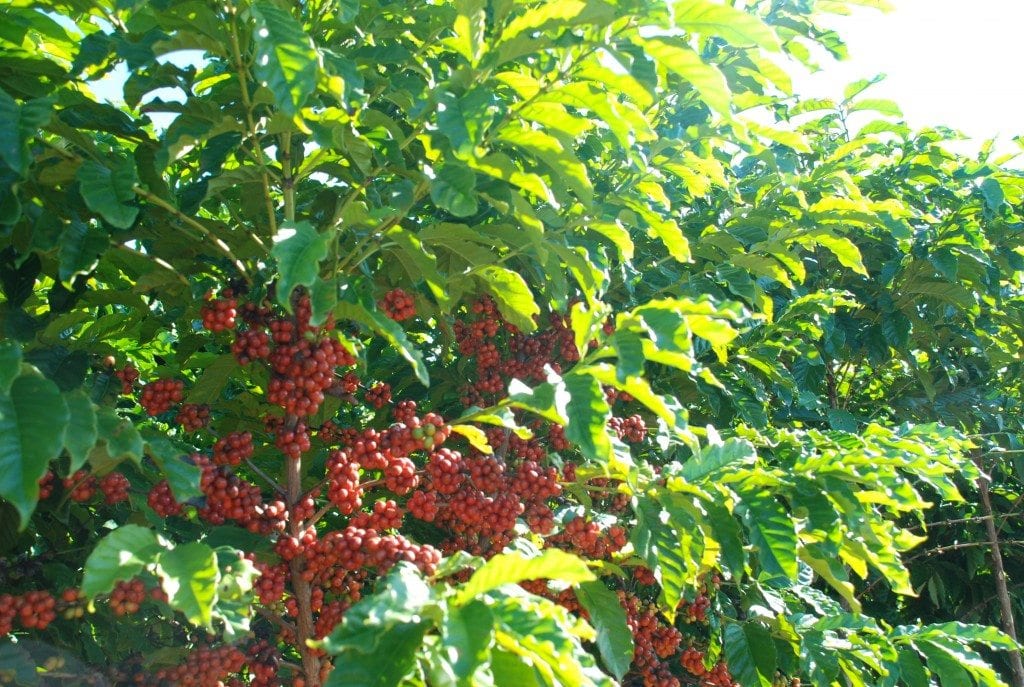
Qianjie looked through a lot of materials, of which the most detailed division is that Brazil is divided into 13 coffee producing areas: Bahia, Chapada Diamantina, Cerrado Bahia | West Bahia, Planlto de bahia, Milas Gerais, Cerrado, Sul de Minas, chapada de minas, mates de minas, Sao Paulo, Mato Grosso and Mato Grosso, S ã o Mato Grosso, Esp í rito Santo and Parana. The coffee beans in each producing area will reflect the characteristics of the producing area, and then Qianjie will introduce you to the coffee beans in every producing area in Brazil.

Bahia (Bahia)
If you look closely at the map, you will find that this is the easternmost coffee producing area of Brazil, which is a vast area. In recent years, more and more excellent coffee comes from here. In the 2009 Outstanding Cup competition, five of the top ten batches of coffee came from the region, and more and more attention has been paid to the coffee in this area since then.
Chapada Diamantina
Diamantina actually refers to a period of diamond fever in the 19th century, and there are still traces of gold and diamond exploration in the park. At present, a lot of coffee in this producing area is grown by natural power, which is an organic way of farming. Not only that, there is a national park near the coffee producing area, which is located in Serra do Espinha ç o, a quartzite mountain range in the Jequitinhonha River basin. Elevations range from 720m (2360 ft) in the north to 1480 m (4860 ft) in the south, which is ideal for growing coffee.
Cerrado Bahia | West Bahia
Coffee cultivation in this area is famous for its large-scale, industrial and artificially irrigated coffee. In the late 1970s, the government offered microloans and incentives to encourage agricultural projects, and attractive coffee farmers moved here. Although the area is not high, but the climate is stable, warm and sunny help to increase the yield of coffee, so the development of coffee cultivation is faster.
Planlto de bahia
This region can be said to be the most scientific and technological coffee producing area in Brazil at present, from planting to harvest, fully mechanized production is common, and coffee cherries are ripened evenly due to the developed irrigation system. As a result, the region is almost the most productive coffee producing area in Brazil. What is striking, however, is not just the level of productivity in the region. Ant ô nio Rigo de Oliveira, from the Cha ç ar á S ã o Judas Tadeu farm in Piat ã, won the Brazilian Pulped Naturals 2015 Cup of Excellence with a score of 91.22 out of 100. Ant ô nio was also awarded the Presidential Coffee Seal for a score higher than 90. As far as the climate of the region is concerned, the area is high above sea level, warm, dry in summer and rainy in winter. This leads to sweet coffee, usually Catua í, low in acidity and full-bodied.
Miraz Gerais
As Brazil's largest coffee-growing state, it accounts for almost 1/2 of the country's coffee production. It is also the main source of Brazilian specialty coffee. Minas Gerais has several mountains that are taller across the country, providing the altitude needed for coffee cultivation. Minas Gerais is located on a plateau between 100m and 1500 m above sea level, with a peak of 2891 and 9m known as Bunda Pico da Bandeira, meaning Flag Peak.
Cerrado
Speaking of Syrador, fans of Qianjie Coffee should find that there is a Brazilian Syracuse Manor Coffee before Qianjie Coffee. Syracuse is definitely a famous premium coffee producing area in Brazil. It is produced in the prairie at an altitude of 850 to 1200 meters above sea level, with an average temperature of about 20 degrees throughout the year, and a distinct dry and wet season coupled with comfortable low temperatures to form a unique flavor of this bean. Its processing method is relatively fine. Cerrado Sirado Brazilian coffee beans are treated by the traditional Brazilian method of pulp natural drying (Pulped Natural). Because the coffee beans are dried with Pulp and pectin (Mucilage), they retain high organic matter, minerals and soluble solids. Therefore, Brazilian Hilado coffee beans are characterized by strong aroma, slightly sweet with Chocolate flavor, as well as ordinary people are not easy to detect the sour taste of citric acid, moderate taste, long finish.
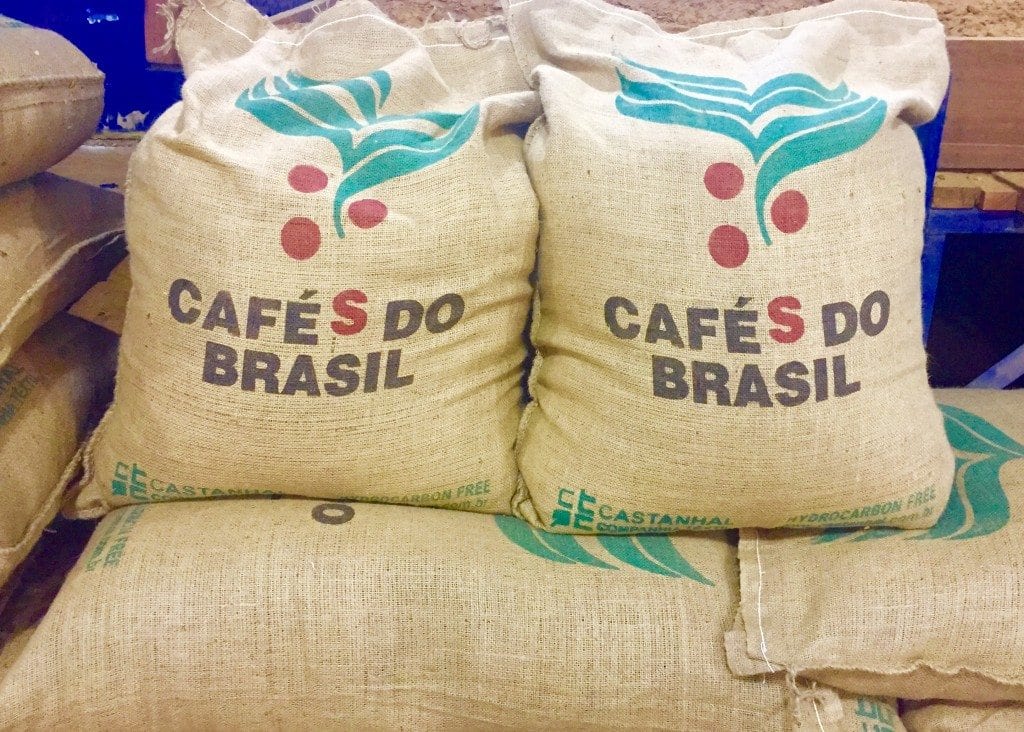
Hirado hundred Grass Manor, Brazil
Producing area: Syrador
Variety: Huang Kaduai, Kaddura
Treatment: insolation
Altitude: 1000
Aroma: the fragrance temperature and softness give people an elegant impression as a whole.
Taste: like aroma, the taste of Brazilian coffee is mild and elegant, low acidity coffee, smooth and balanced taste.

Filter cup: KONO
Water temperature: 88 degrees
Amount of powder: 15g
Powder / water ratio: 1:15
Degree of grinding: 20 sun screen screening rate 75
Cooking technique: three-stage extraction
Stew with twice the amount of 15 grams of powder, and the steaming time is about 30 seconds. The small flow injects water outward from the center to 125 grams, and when the water level drops to half of the original liquid level, continue to inject water to the end of 225 grams of water. The extraction time is about 2 minutes.
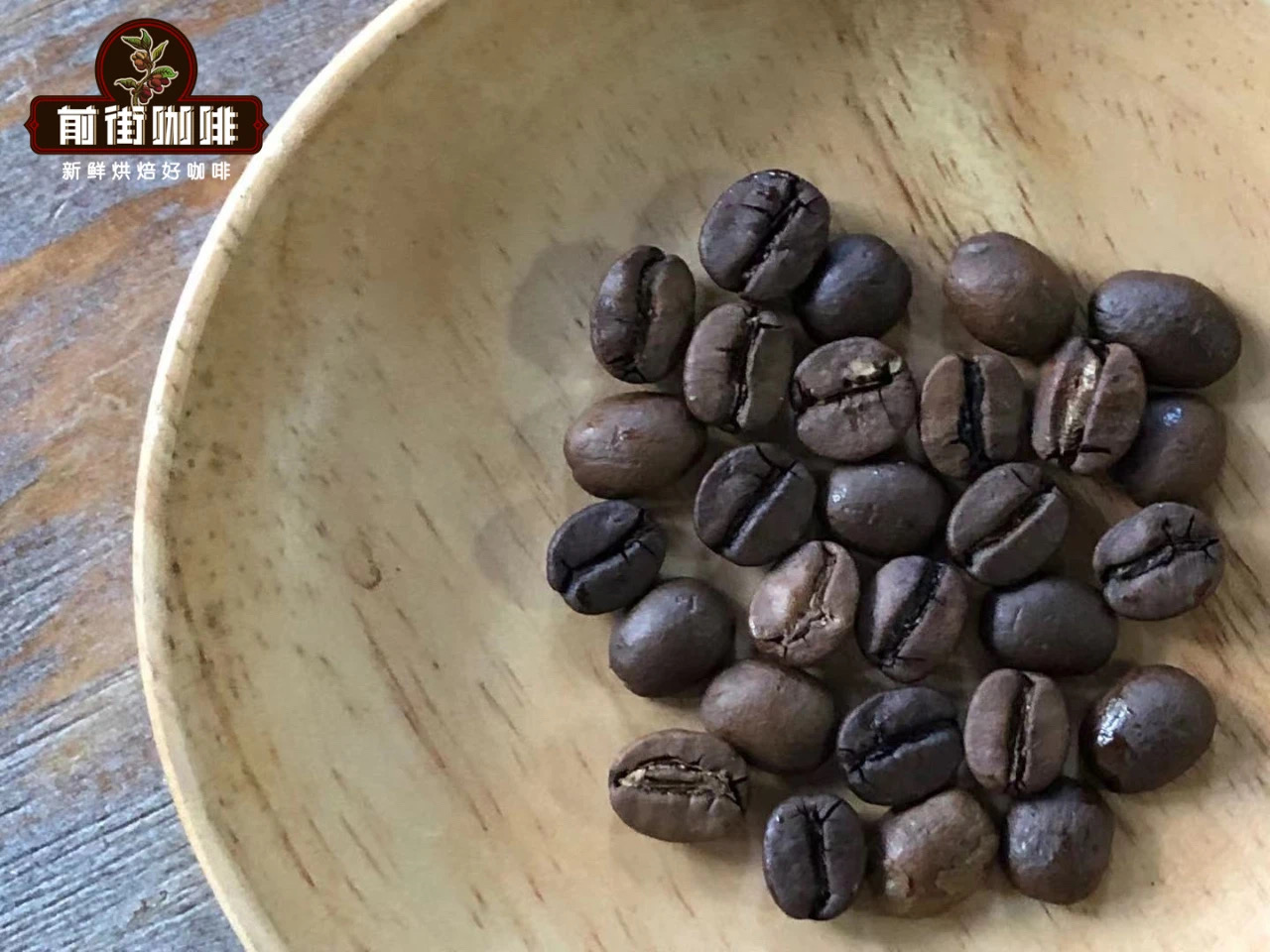
Sul de Minas
Sul de Minas (also known as southern Minas) is high above sea level, with an average elevation of 950m and a temperate annual temperature of about 22 degrees Celsius. It also produces about 30% of the country's coffee, mainly from small farms ranging from 10 to 100 years old-although this may vary widely. There are many small farmers handed down from generation to generation, so the public cooperatives here have flourished.
The main varieties are Catua í, Mundo Novo, Icatu, Obat ã and Catua í Rubi. As for the flavor characteristics, you will usually find the coffee wine here full-bodied, with slightly citric acid and fruity aromas.
Chapada de minas
Cerrado de Minas happens to be the first coffee region in Brazil to be granted Cerrado Mineiro status, making its status similar to that of famous wine regions. This is a large area, consisting of 55 municipalities located between Upper Paraneba, Triangle Minero and the northwestern state of Minas Gerais. Its farms range from medium-sized (2-300 hectares) to large estates.
The area is 800-1300m above sea level and has four distinct seasons (humid in summer and mild and dry in winter). It is very suitable for producing boutique coffee. You will find Mundo Novo and Catua í here, while Cerrado de Minas coffee tends to have high acidity, medium body and moderate sweetness. The plateau area of Chapada de Minas is dotted with valleys and is suitable for mechanized production. Catua í and Mundo Novo are grown here.
Matas de Minas
Matas de Minas is located in the Atlantic forest with undulating terrain and a warm and humid climate. 80% of its production farms are less than 20 hectares. It is known for its increasing production of specialty coffee, which usually has the sweetness of critic, caramel or chocolate. Catua í and Mundo Novo are farmed here.
Sao Paulo
Sao Paulo is one of Brazil's long-established coffee-growing states. It is also home to Santos, Brazil's main coffee export port.
Its main famous producing areas are:
Mogiana.
Mogiana's favorable altitude (900-1100m), mild temperature (average 20 degrees Celsius) and uneven terrain make high-quality coffee with a very sweet and balanced cup curve. You will find Mundo Novo and Catua í here.
Centro-Oeste de S ã o Paulo
This hilly area consists of Marilia, Garza, Urinius and Avale. Like Mogiana, the terrain is uneven. Most farms are small and medium-sized farms. Qianjie takes a fancy to the excellent quality of the coffee producing area, so it takes a fancy to the yellow bourbon coffee of Queen's Manor of S ã o Paulo, which is located in the Morgiana producing area. Due to the use of half-sun coffee beans in the estate, Qianjie believes that this coffee treatment is close to honey treatment. this treatment will make Brazilian coffee with low acidity brighter than Brazil's unique dry combination and even tropical fruit aroma, of course, the main tone of coffee is still nutty and chocolate flavor.
Parana.
This may be the southernmost coffee producing area in Brazil, although its area is small, but it produces 25% of all crops in Brazil, and even changes the living environment of Brazilians. At first, Brazilians generally lived in Haibai'an, but now more and more Brazilians are moving inland because of the cultivation of coffee crops. Although the altitude here is low, the climatic environment at the seaside brings favorable factors for coffee cultivation.
The above is the relevant information about the Brazilian coffee producing areas sorted out by Qianjie Coffee. In addition, the grading of Brazilian coffee has always been the focus of public concern. Raw coffee is graded and classified for export, with the ultimate goal of producing the best cup quality, thus ensuring the highest price. However, there is no common classification and classification system-each producing country has its own classification and classification system, which can also be used to set (minimum) export standards.
There are also many standards for the classification of Brazilian coffee, which varies according to flavor grade, cup quality, defect rate and particle size. Qianjie Cooking Point would like to introduce to you the official classification table given by Brazil:
In Brazil, coffee quality is graded according to two different categories: type and cup test. The main evaluation criteria for the type are the overall appearance and the number of defects found in 300 grams of processed bean samples. According to Brazil's official classification table, Brazil is classified by type on a decreasing scale from 2 to 8. Each type means a different number of defects detected in the sample-imperfect beans or impurities. Black beans, considered to be the worst defect, are at the bottom of this level.
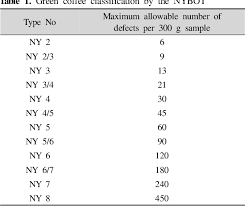
Other defects, such as sour taste, insect pests, shell-shaped or stick-shaped beans, are considered secondary. In order to determine the quality of the drink, sensory analysis uses cup tests to evaluate the flavor and aroma of coffee. This classification is almost as old as the history of Brazilian coffee. It appeared in the early 20th century and was adopted by the official Santos Coffee and Commodity Exchange in 1917. Although it is considered to be the most important criterion for assessing the quality of coffee, sensory analysis sometimes thinks that "hard coffee" is better. The popularity of this method hinders scientific research and research, which may use chemical analysis to ensure that coffee is graded more accurately. Sensory analysis is usually performed by trained cup testers or wine tasters who use their senses to distinguish between different types of coffee.
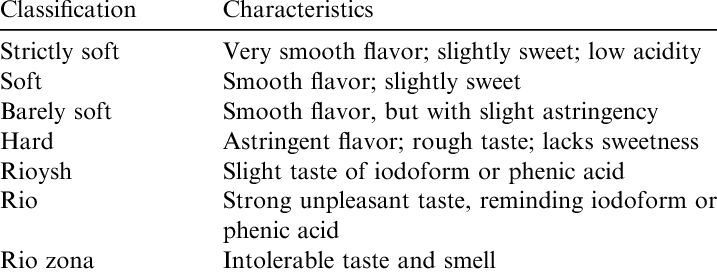
.
According to Brazil's official classification table, coffee is divided into strict soft, hard, "riada", "rio" and "rio zona" in descending order.
Professional coffee knowledge exchange more coffee bean information please follow the coffee workshop (Wechat official account cafe_style)
For more boutique coffee beans, please add private Qianjie coffee on Wechat. WeChat account: kaixinguoguo0925
Important Notice :
前街咖啡 FrontStreet Coffee has moved to new addredd:
FrontStreet Coffee Address: 315,Donghua East Road,GuangZhou
Tel:020 38364473
- Prev
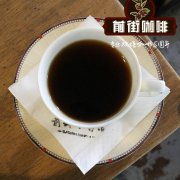
What is Ethiopian Rose Summer Manor Coffee? Where is the origin of Rosa coffee?
For more information on coffee beans, please follow Mr. Adam Overton, the owner of Gesha Village, the coffee workshop (Wechat official account cafe_style), who came to Ethiopia in 2007 to shoot a coffee documentary. After further contact with coffee, Mr. Adam was so attracted by it that he decided to stay in its birthplace.
- Next
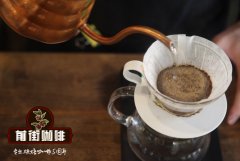
Panamanian Rose Summer BOP entry Information how did the Panamanian Rosa varieties come from? The flavor of Rosa coffee
Professional coffee knowledge exchange more coffee bean information Please follow the coffee workshop (Wechat official account cafe_style) Coffee beans Rosa (also known as geisha) is the original species of Arabica species, it is very difficult to cultivate, and the yield is half that of other coffee beans. Are rare, high-value coffee beans. Origin 1931: a team of botanists visited southwestern Ethiopia, relying on
Related
- Detailed explanation of Jadeite planting Land in Panamanian Jadeite Manor introduction to the grading system of Jadeite competitive bidding, Red bid, Green bid and Rose Summer
- Story of Coffee planting in Brenka region of Costa Rica Stonehenge Manor anaerobic heavy honey treatment of flavor mouth
- What's on the barrel of Blue Mountain Coffee beans?
- Can American coffee also pull flowers? How to use hot American style to pull out a good-looking pattern?
- Can you make a cold extract with coffee beans? What is the right proportion for cold-extracted coffee formula?
- Indonesian PWN Gold Mandrine Coffee Origin Features Flavor How to Chong? Mandolin coffee is American.
- A brief introduction to the flavor characteristics of Brazilian yellow bourbon coffee beans
- What is the effect of different water quality on the flavor of cold-extracted coffee? What kind of water is best for brewing coffee?
- Why do you think of Rose Summer whenever you mention Panamanian coffee?
- Introduction to the characteristics of authentic blue mountain coffee bean producing areas? What is the CIB Coffee Authority in Jamaica?

